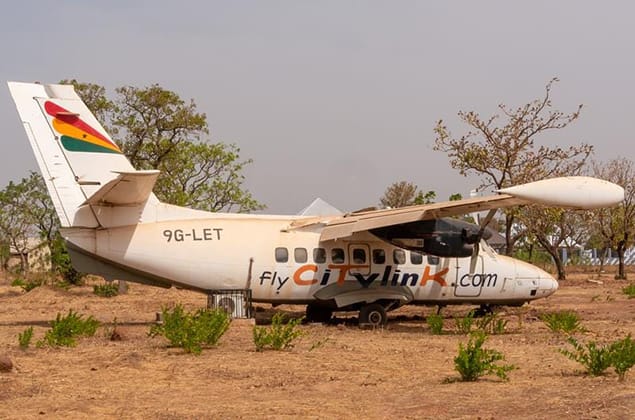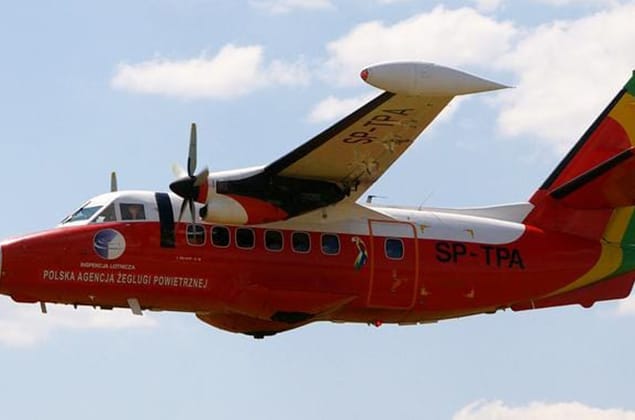LET 410 Specifications & Booking
Overview of the LET 410
The LET 410 is a Czech-built, nine-seat utility aircraft designed and manufactured by Aerotet, a subsidiary of the LET Kunovice company. It is primarily used for commercial operations, such as flying schools, charter flights, and cargo transportation. The LET 410 made its first flight in 1969 and has since become a popular choice among general aviation enthusiasts.
Technical Specifications
The LET 410 features the following technical specifications:
- Dimensions: Length: 12.95 meters (42 feet 6 inches), Wingspan: 14.98 meters (49 feet 1 inch), Height: 3.9 meters (12 feet 10 inches)
- Weight: Empty weight: 2,350 kg (5,200 pounds), Maximum takeoff weight: 4,500 kg (9,900 pounds)
- Engines: Two × Walter M601F turboprop engines, each producing 320 kW (430 hp) with a fuel efficiency of 0.35 kg/km (0.22 lb/mile)
- Performance: Maximum speed: 270 km/h (170 mph), Range: 1,200 km (750 miles), Cruising altitude: 3,000 meters (9,800 feet)
- Capacity: Passengers: 8-9, Cargo: 500 kg (1,100 pounds), Crew: 2
Design and Features
The LET 410 features a unique design with an all-metal structure, retractable landing gear, and a fixed tricycle landing gear. Its aerodynamic shape is designed to reduce drag and improve fuel efficiency. The aircraft also boasts advanced avionics and a high-mounted wing, providing excellent visibility for the pilot.
History and Development
The LET 410 has a rich history that spans over five decades. Key milestones include:
- First flight in 1969
- Certification by the Czechoslovak Aviation Authority (CSAAA) in 1970
- Entry into service with Czech Airlines in 1972
- Significant upgrades, including the introduction of glass cockpit technology and improved engines
Operational Use
The LET 410 is used by various airlines and organizations around the world. Some notable operators include:
- Air Taxi, a Czech-based charter airline
- Flying Schools, such as the International Air Academy in Germany
- Cargo transport companies, like the Polish cargo carrier, Cargo Polska
Interesting Facts
Here are three interesting facts about the LET 410:
- The LET 410 has been used for various record-breaking flights, including a non-stop flight from Prague to Miami in 1975.
- The aircraft has a unique feature called the "LET 410 tail" that allows it to be easily converted into a cargo plane or passenger plane.
- The LET 410 was featured in the 1991 film "The Russian Ark," which tells the story of an aristocratic family's history through a single, unbroken shot.
Frequently Asked Questions
What makes the LET 410 unique?
The LET 410 is unique due to its all-metal structure, retractable landing gear, and high-mounted wing design. These features provide excellent visibility for pilots and improve fuel efficiency.
How much does the LET 410 cost?
The price of a LET 410 can range from $500,000 to over $1 million, depending on the configuration, customization, and age of the aircraft.
What is the range of the LET 410?
The LET 410 has a maximum range of approximately 1,200 km (750 miles), making it suitable for short- to medium-distance flights.
Which airlines operate the LET 410?
Air Taxi and other charter airlines operate the LET 410, as well as cargo transport companies like Cargo Polska. The aircraft is also used by flying schools and private individuals.
Is the LET 410 still in production?
No, the LET 410 is no longer in production. However, many existing aircraft are still in service, and some have been converted into cargo planes or passenger planes.





